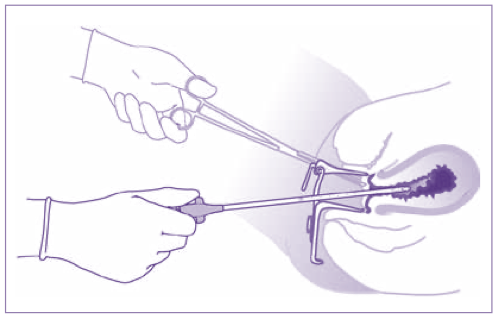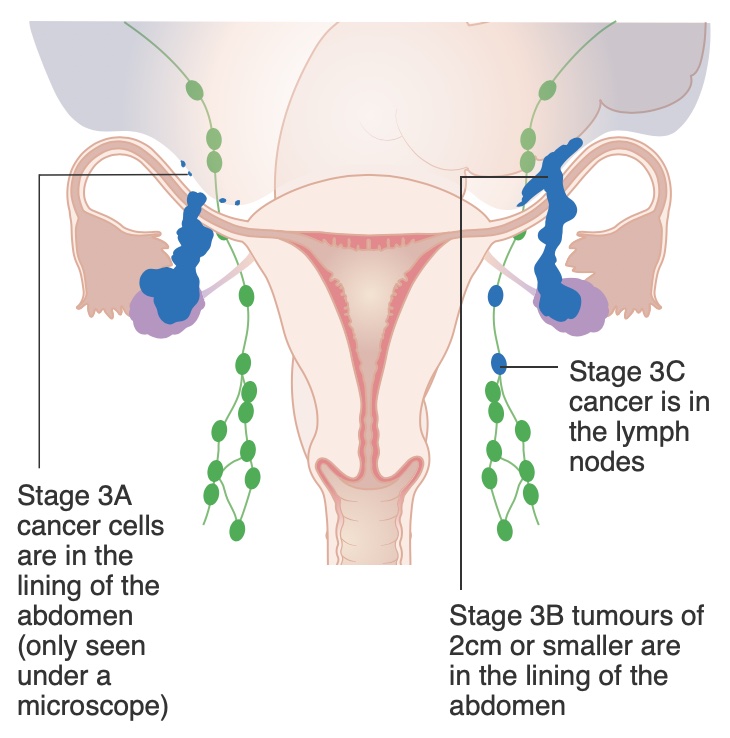Before Roe v. Wade, and before pregnancy tests were easily available, there were ways a woman could get her period started if it was late. This is called “Menstrual Extraction” (ME) or “menstrual regulation”. Without knowledge if she were pregnant or her period was just late, ME was not considered an abortion.
ME can be done with herbs, medicines or instruments. In Indonesia a doctor told me about “EM Kapsuls”, which are advertised on TV. Kapsuls are used to ease menstrual cramps, plus they are advertised to start a late period.
“Emmenagog” is the word for herbs or medicines that are used to start a woman’s period. Herbal emmenagogs are used in many cultures and have a long history. One of the most used emmenagogic plants, pennyroyal, is mentioned in Aristophanes’ play, Peace, written in 421 BCE! Although pennyroyal is apparently effective both in starting menses or causing an abortion, it is also toxic; it can cause severe liver damage and death. Tansy and rue are two other plants with similar effects—and toxicity.
Dr. Karmen, a psychologist, developed a MR technique using instruments: a flexible cannula and a syringe for suction. It is fast, simple and safe in the hands of an experienced person. That technology is still used for early abortions and incomplete miscarriages. I used Karmen cannulas until the office nurse pointed out that patients seemed to have more problems with that type of cannula than with the conventional, rigid cannula.
In general, Islam is against abortion—although there are exceptions. For instance, abortion is illegal in Bangladesh, a Muslim country, but ME is acceptable. It was introduced to decrease maternal mortality associated with unsafe abortion. A doctor can legally perform MR up to 12 weeks from the onset of a woman’s last menstrual period.
In addition to using herbs or suction to remove the tissue in the uterus, ME can be done with the same tablets, mifepristone and/or misoprostol, that a woman can take for a medication abortion. These medicines are even available in some countries without a prescription. They are also available in some states of the USA for ME through the Period Pills Project.
What are the dangers of ME? There is a risk that pregnancy, if indeed the woman is pregnant, may continue. Rarely the pregnancy isn’t in the uterus, but in a tube. A tubal pregnancy may have the same symptoms as a normal pregnancy, but it can tear the tube as it grows and cause internal hemorrhaging.
Performing an ultrasound before an abortion is wise for 2 reasons—to determine the pregnancy’s location and its gestational age. However, MR may skip the ultrasound if it’s done outside of the medical system. This means an ectopic pregnancy could escape detection, or that a pregnancy might be too far advanced for safe MR. Fortunately, the possibility of a continuing pregnancy can be excluded if the woman has a negative pregnancy test a week or two after she has had the ME.
Is MR going to make a comeback in US states where abortion is severely limited or entirely illegal? That is difficult to predict. However, there are studies suggest that women are interested in the idea.
An old video, No Going Back, shows how ME is done with the Karmen cannula. Unfortuately, it neglects to mention sterile technique and other precautions, so I don’t recommend it. Nevertheless, do-it-yourself ME might be safer than a back-alley abortion.
I searched and could only find information about the efficiency of ME using a combination of mifepristone and misoprostol, which are very effective. There doesn’t seem to be any study of the success rate of either a single medication or of herbal products. A study is being done in California to test misoprostol; it will be interesting to find its results.
The recent Dobbs decision by the Supreme Court has limited access to safe abortion care. However, ingenious women can find ways to get around the law. I just hope they can do so without compromising their safety.
© Richard Grossman MD, 2022

